Blog
-
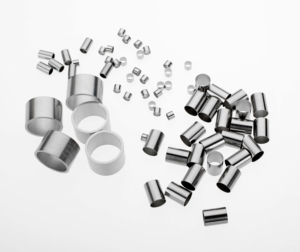
Stainless steel-Understanding Magnetic properties of 304 and 316 stainless steel
It’s important to understand when selecting a grade of stainless steel (SS) for your application or prototype, if the material needs to have magnetic properties or not. Before determining this, it is good to understand what makes a grade of stainless steel magnetic or not.Stainless steels are iron-based alloys particularly known for their generally excellent corrosion resistance. There are several different types of stainless steels. The two main types are austenitic (MicroGroup items: 304H20RW, 304F10250X010SL for example) and ferritic (automotive applications, kitchenware, and industrial equipment), each contains a different chemical arrangement. Due to this difference, ferritic stainless steels are generally magnetic while austenitic stainless steels are not. A ferritic stainless steel owes its magnetism to two factors: its high concentration of iron and its fundamental structure.Read more -
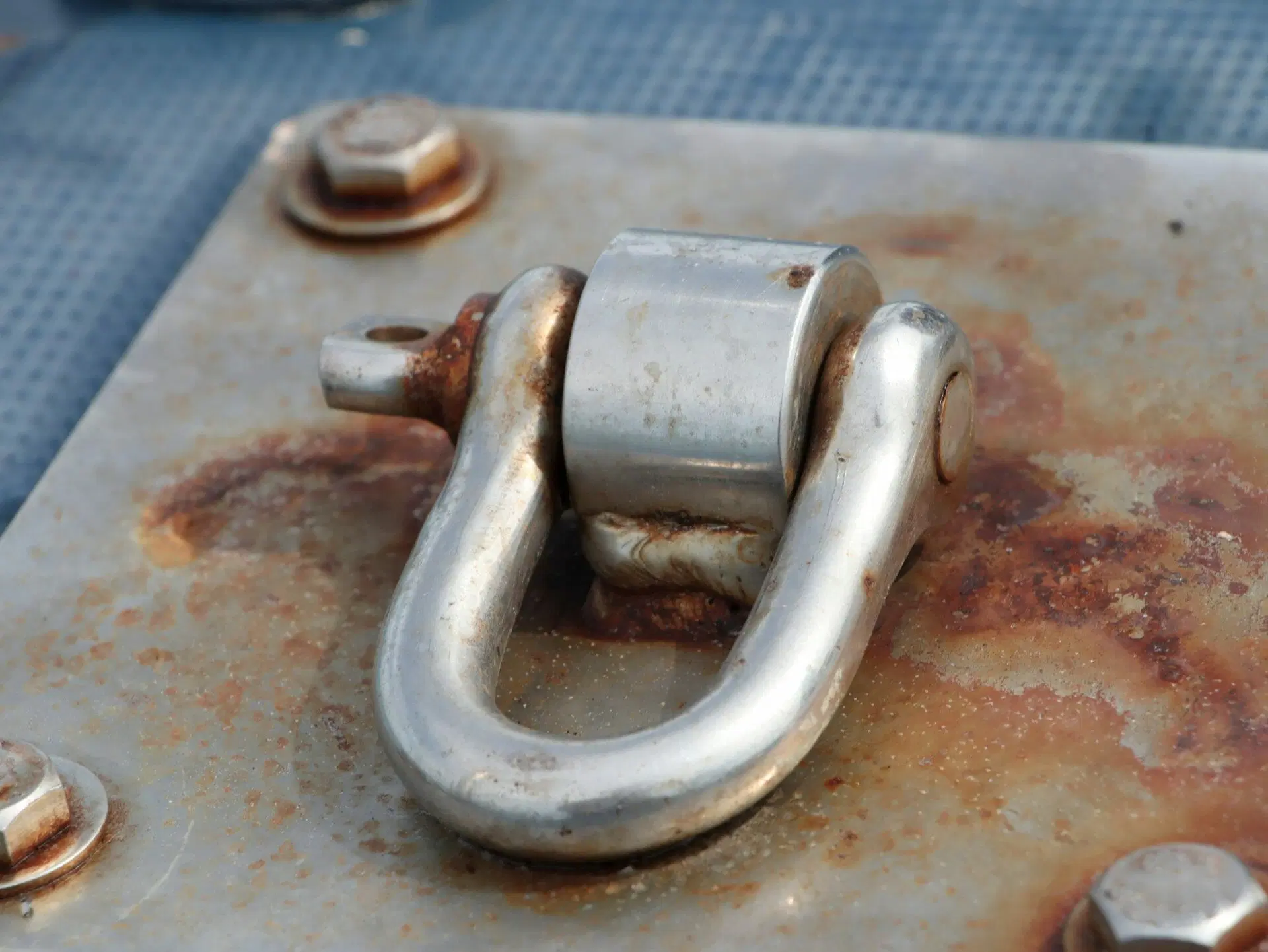
stainless steel Why does stainless steel rust slowly?
Stainless steel is called stainless because of its resistance to corrosion and rust. Does stainless steel rust? Yes, but at a vastly slower rate than other metals. This resilience makes stainless steel an enormously popular choice for a wide range of manufacturing processes and applications. Rust can cause immense delays to your work, increase costs and damage expensive machinery beyond repair. Understanding why stainless steel resists rust and how to avoid excessive rust can be useful assets when considering how and when to use stainless steel.Read more -
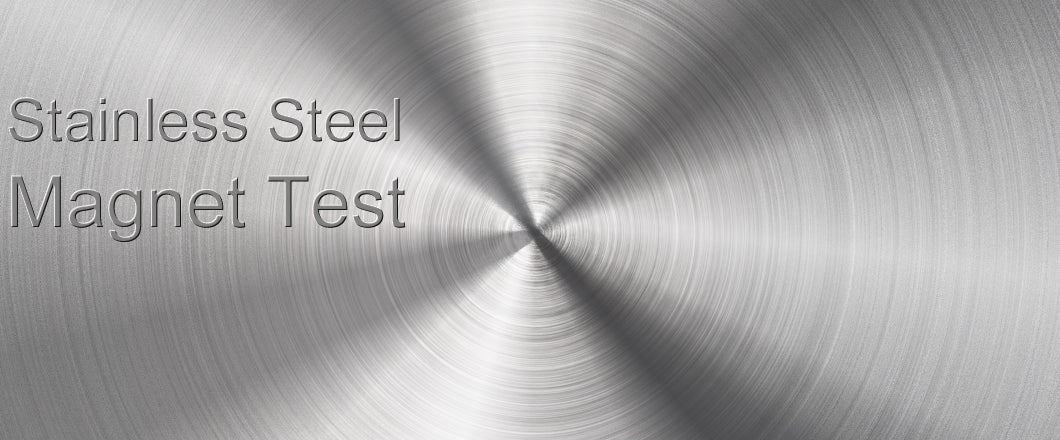
Stainless steel-The Magnet Test for Stainless Steel is Not Accurate
We apply an electrocleaning surface treatment to our stainless caster models K3, 3, 3A, and 9. It does not necessarily prevent the stainless steel from picking up iron particles as the result of how it is handled or stored. We apply an additional passivation treatment only to our stainless caster model G15 using nitric or mild organic acids to enhance the protective nature of the natural, air-formed film. Nitric acid treatment enhances the level of chromium in the protective film on stainless steel. This passivation treatment also makes it easier to remove rust if it were to occur.The stainless steel we commonly use in our stainless casters is 304. After cold work (the process of stamping, forming, surface polishing, etc) a stainless caster usually becomes magnetic in the worked areas. These areas are relatively prone to rust in a corrosive environment. If it is necessary, annealing is the most effective way to restore non-magnetic property and enhance corrosion resistance. Actually it changes martensite back to austenite. In this process the stainless product is heated to 1800F – 2100F and cooled down slowly. If the temperature is not high enough the corrosion resistance of the stainless will be reduced. This process increases cost a lot. The passivation process washes away free particles and forms a passive coating on the stainless surface. This process is what we do for only stainless caster model G15. It is a relatively economic way to enhance corrosion resistance, but it is not meant to completely restore non-magnetic property.Read more -
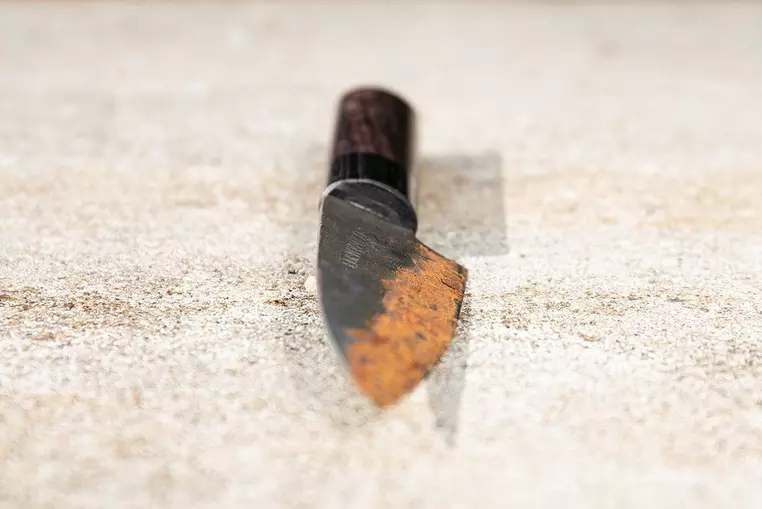
stainless steel Why can stainless steel still rust?
Stainless steel: it doesn't rust. Right? This couldn't be further from the truth. Almost all stainless types of steel can start to rust under certain circumstances.Read more -
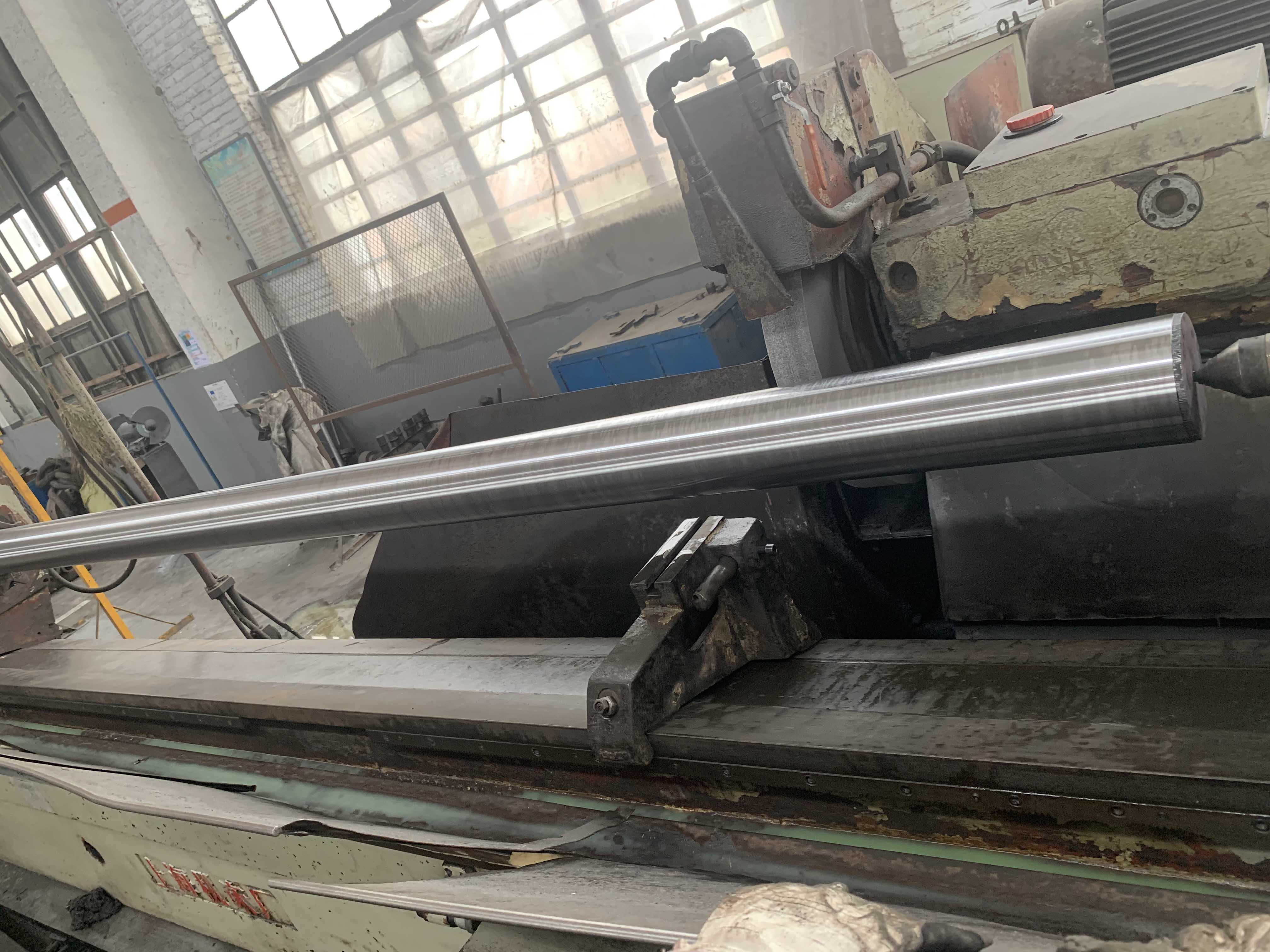
Stainless Steel EFW Pipe-stainless steel Common Causes of Rust on Stainless Steel:
When compared to other metals and alloys, stainless steel is the most resistant to corrosion and will not rust under normal environments. Stainless steel contains chromium, and when exposed to oxygen it forms a thin invisible layer called chromium oxide. Rust can form when this layer is damaged from exposure to cleaners, chloride, high humidity, high salinity environments, and/or mechanical abrasions.Read more -
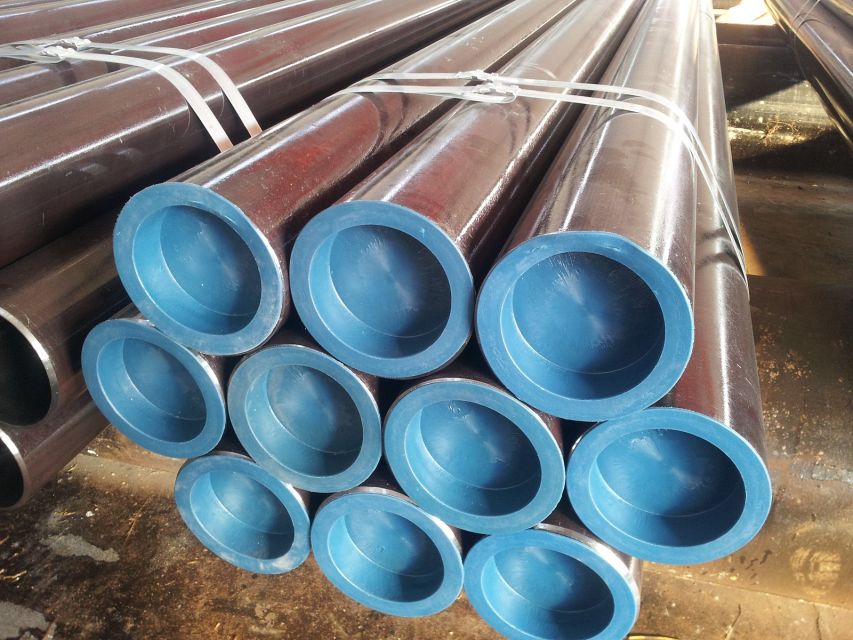
Stainless steel-Magnetism and Other Properties of Stainless Steel
In their basic forms stainless steels have a ferritic grain structure, similar to carbon steel, and are magnetic. The addition of nickel in the 300-series stainless steels modifies the crystal grain structure to austenitic. The austenitic grades are mostly non-magnetic in the unworked state due to their nickel content. When 300-series stainless steels are cold-worked, straining of the atomic lattice structure in the areas of cold-working forms the magnetic grain structure martensite. Generally speaking, the higher the nickel content the more stable the austenitic structure and less magnetic response from cold-working. Consequently 316 stainless steel, with higher amounts of nickel, exhibits virtually no magnetism after cold-working in most cases. While 304, with lower nickel content, may become mildly magnetic.Read more -
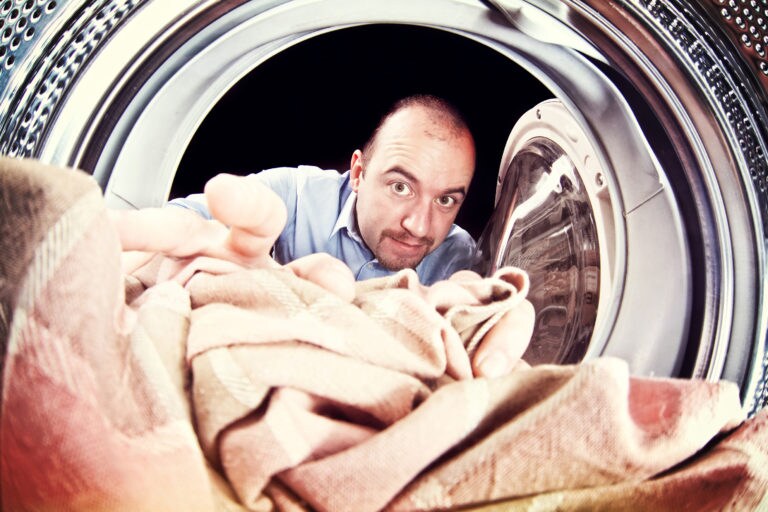
SAW vs ERW and EFW Welded Steel Pipe-What Is Stainless Steel?
“Stainless” steel is actually a generic term referring to a variety of steel types. Like all other kinds of steel, stainless steel is made primarily from iron and carbon in a two-step process. What makes stainless steel different is the addition of chromium (Cr) and other alloying elements such as nickel (Ni) to create a corrosion-resistant product.Read more -
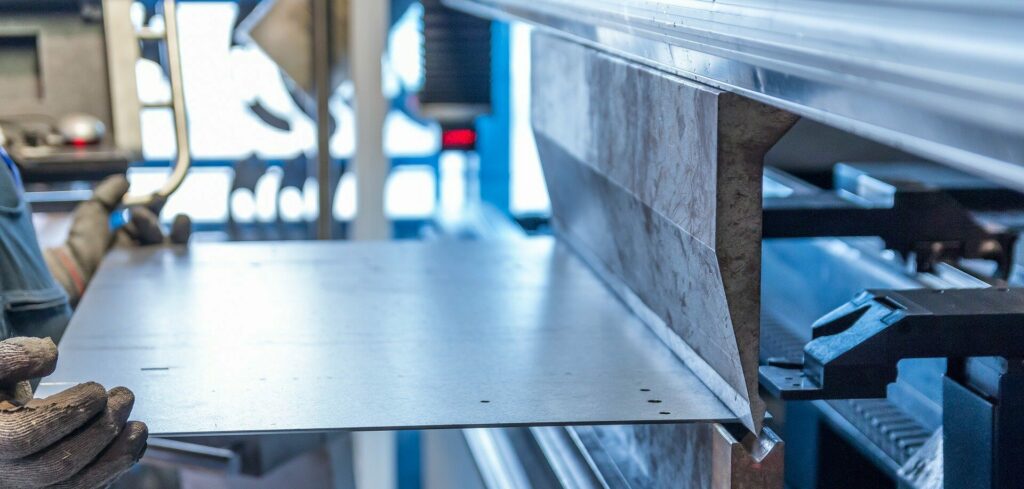
Welded Steel Pipes-The 6 Steps in the Manufacturing Process of a Stainless Steel Product
Stainless steel is one of the most commonly used metals in modern construction. Thanks to its corrosion resistance and pleasant appearance, this alloy is very common in the construction of decorative elements, especially in places with unfavorable atmospheric influences.Read more -

Stainless steel-Are Stainless Steel Racks Magnetic?
Stainless steel racks are durable material handling solutions designed to support, store, and transport items in various environments. Their open design helps prevent dust and debris accumulation, while their stainless steel construction ensures protection from high temperatures and harsh sterilization processes. In the food processing industry, food-grade stainless steel racks are used in:Read more